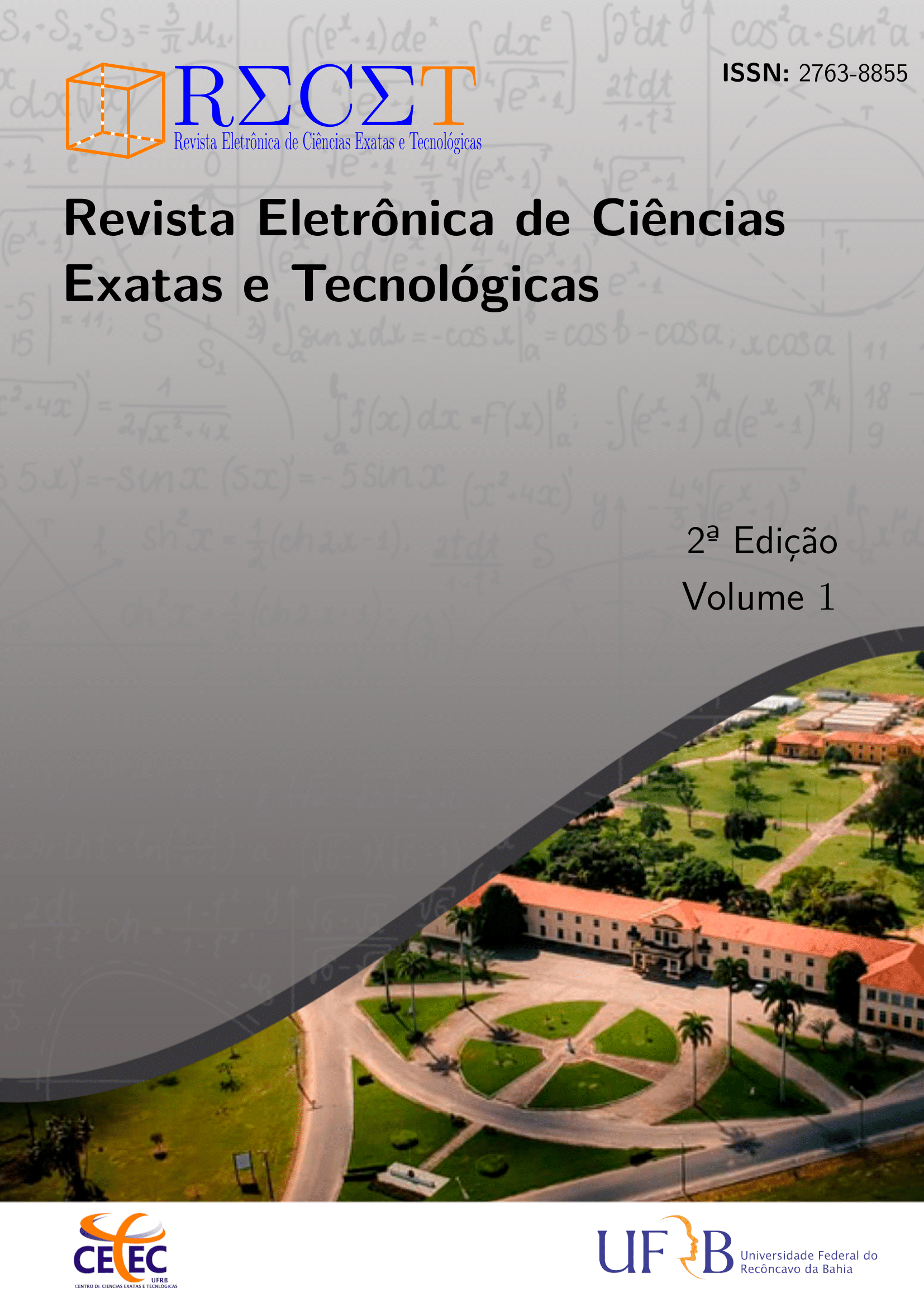Prototype of an automatic dog feeder with radio frequency identifier
Keywords:
Automatic Feeder, Arduino, RFIDAbstract
The increase in the number of street animals, mostly dogs, has motivated actions through public policies to feed and adopt them. Through free movement, they manage to reach universities and end up living in them. In order to bring them a better quality of life, a prototype of an automatic feeder with radio frequency identification (RFID) was developed in this work, which aims to solve the food issue in the common areas of university campuses. In addition, provide more tranquility to people who attend the university canteen, due to the discomfort that these animals cause in their daily lives. The feeder was developed
with the 2 objective of solving this problem, an electroelectronic interface was created, with its main components being Arduino, Shield RTC and RFID to control the feed dosage in the machine at a predefined time. Through tests, it can be proved that it works for small animals, however for medium and large size, it is necessary to have a replacement of the material of the half-moon valve, capable of controlling the dosage, due to not being resistant to grains bigger. Through the preliminary results achieved, the idea of how the prototype works and how it can be improved is retained. It is expected that after completion, it will be used in universities that suffer from the same problem.
Downloads
Downloads
Published
How to Cite
Issue
Section
License
Copyright (c) 2021 Electronic Journal of Exact and Technological Sciences

This work is licensed under a Creative Commons Attribution-NonCommercial-NoDerivatives 4.0 International License.

RECET publications are licensed under Creative Commons (CC BY-NC-ND 4.0).
With this license, it is allowed to access, download (download), copy, print, share, reuse and distribute the articles as long as for non-commercial purposes and with the citation of the source, giving due credits of authorship and mention to the RECET Magazine.
By submitting articles to the RECET Magazine, the authors agree to make their texts legally available under this license. Commercial uses of material published in the magazine will only be allowed after written authorization from the magazine.





